During a recent visit to Xizhou, a small rural township in southern Changhua, I made a brief stop to check out the historic Chénggōng Hostel (成功旅社](https://www.facebook.com/pages/成功旅社農用書店/774365992596884)). I had no idea what to expect, having learned of its existence while browsing Google Maps in search of points of interest, and was pleasantly surprised by what I found there. It is privately owned and operated but they’ve gone to great lengths to preserve the building, transforming it into a tourist attraction and community space. The ground floor is home to a shop showcasing local products and a dual-purpose agricultural library and event space. Upstairs is something of a museum, lightly furnished with rickety beds and tatami mats. The floorboards creak and there is a mustiness about the place that makes it feel genuinely old. It wasn’t difficult to imagine what it might have been like half a century ago in the midst of the sugar boom.
Earlier that same day I stopped in Beidou to check out several historic buildings from the Japanese colonial era. Municipal governments all over Taiwan have been struggling to figure out what to do with the many Japanese-style residences often found near railway and police stations, government buildings, prisons, and schools across the country. Those that are designated as heritage properties are subject to a variety of restoration strategies. One approach I keep encountering involves completely rebuilding an old house almost from scratch. The end product of such a restoration effort is a technical feat that occasionally involves experts in traditional wooden construction methods imported from Japan (as was the case with at least one of the places I saw that day). While I am impressed at the effort I can’t help but feel somewhat saddened as the building no longer has any sense of history. It’s like stepping onto a film set when slipping off your shoes and setting foot into these immaculate new buildings made to look a hundred years old.
Chenggong Hostel offers a fine contrast to the more ersatz methods often favoured by government in Taiwan. There is nothing clean or overly sanitized about it; one has the sense that if these walls could speak they’d have incredible tales to tell. The hostel is a commercial operation by necessity—but one with obvious pride in its history and a strong connection to the local community. From what I gather the building was more or less abandoned for many years prior to a warmly-received photo exhibition that took place in 2011—though Taiwanese cinephiles may be interested to learn that the hostel was featured in Chang Chi-Yung’s Lament of the Sand River (沙河悲歌), released in 2000. Following the 2011 exhibition a modest restoration effort was undertaken and the former hostel soon reopened in its present form—as an eclectic gift shop, agricultural library, community center, museum, and cafe.
Xizhou saw its fortunes rise and fall with the sugar industry, a story I briefly alluded to in a previous posst about the now-abandoned Xizhou Theater. The sugar factory opened on the western edge of town in 1909, transforming this quiet agricultural village into a bustling center of trade and activity. Chenggong Hostel was originally built in 1921 as the low-slung, one-story Yǎngzhēn Hospital (養真醫院) but was soon sold and turned into a general store. The building again changed hands and became the Dàlín Hostel (大林旅社) sometime in the midst of the sugar boom. It is probably around this time that the second floor was built onto the original Japanese colonial era structure. Chén Wànchéng (陳萬成), father of current owner Chén Yìshùn (陳義順), purchased the building in 1956 and changed its name to Chenggong. Business was going so well that in 1959 he built an additional four-story structure to accommodate more guests next door. The sugar factory closed in the early 1970s and Xizhou slipped into decline. Chenggong Hostel shut down in two stages: the old Japanese colonial era structure closed in 1980 and the more modern building followed in 1995.
One of the staff brought me on a short tour (in Chinese, of course), and pointed out several features of the hostel’s construction. Seeing as how the hostel was built before widespread use of air conditioning technology all of the rooms are open to the hallway at some point or another for ventilation. One room has a hidden door leading to a small storage space, another has a trap door leading to the roof. There seemed to be some speculation that these were used to hide guests on the run from the authorities but I may have misinterpreted what I heard. Overall I enjoyed spending about half an hour wandering around the old hostel and inspecting the vintage goods that had been gathered there.
You will find much more about the Chenggong Hostel in the Taiwanese blogosphere, for instance here, here, and here.
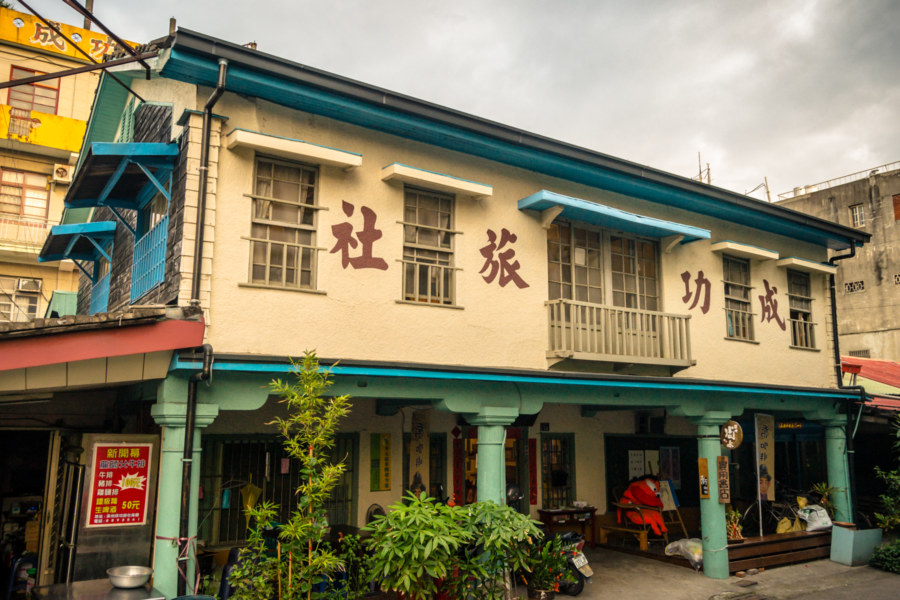
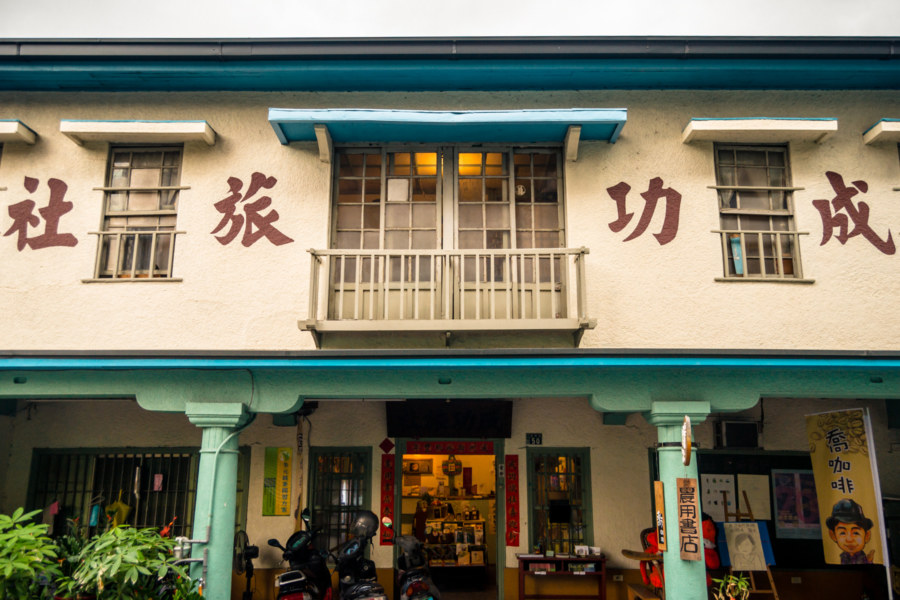
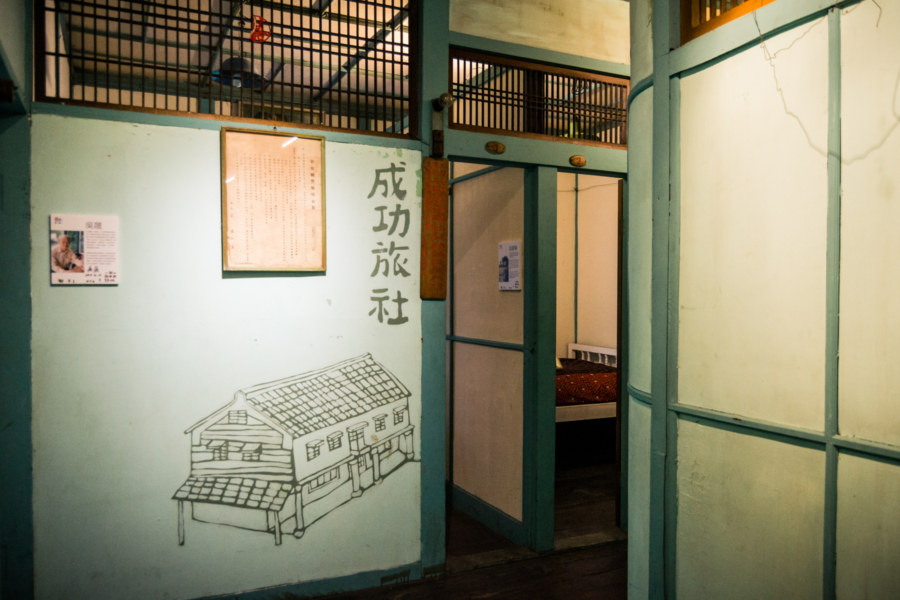
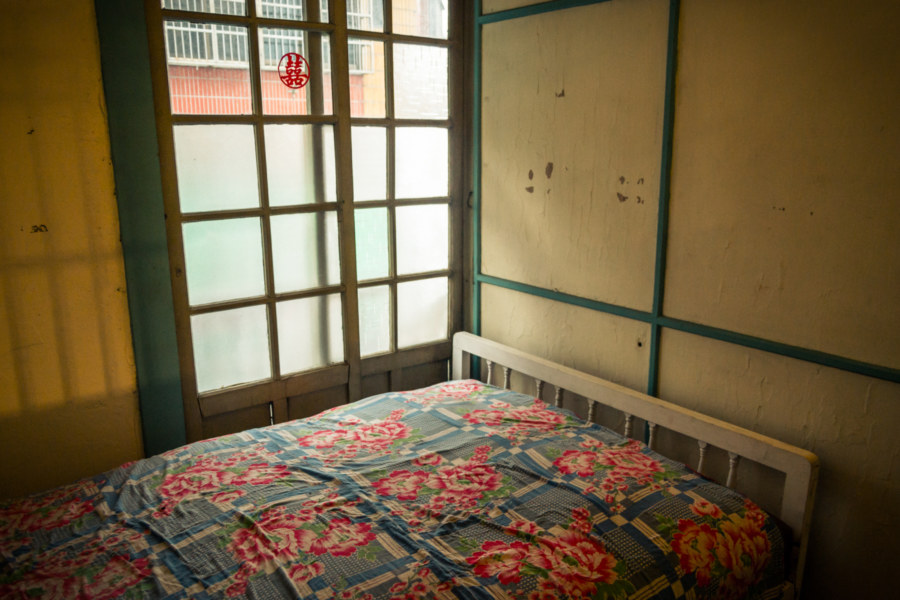
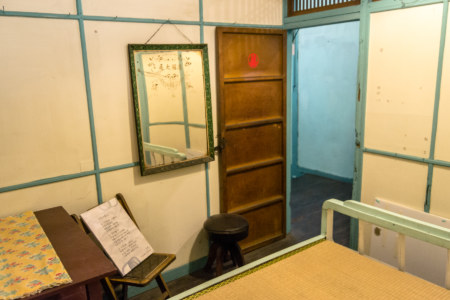
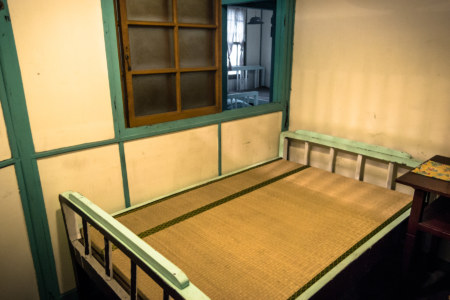
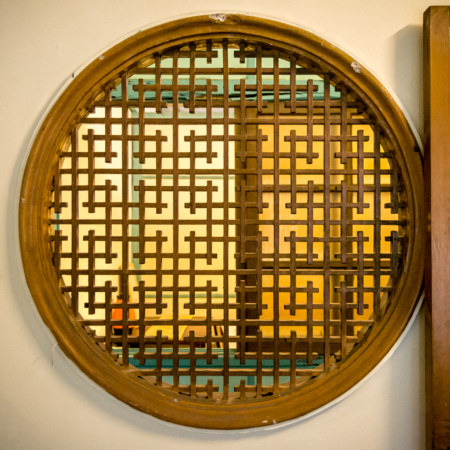
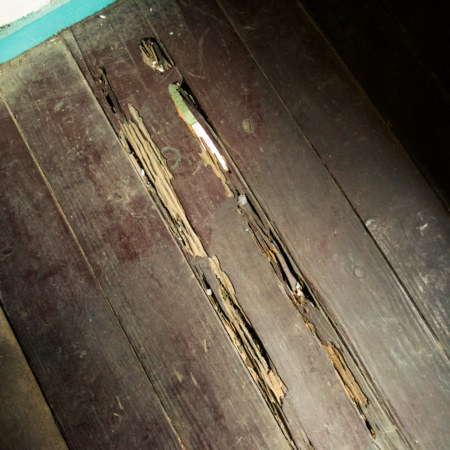
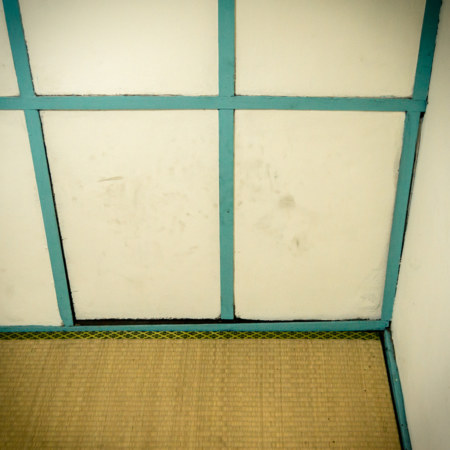
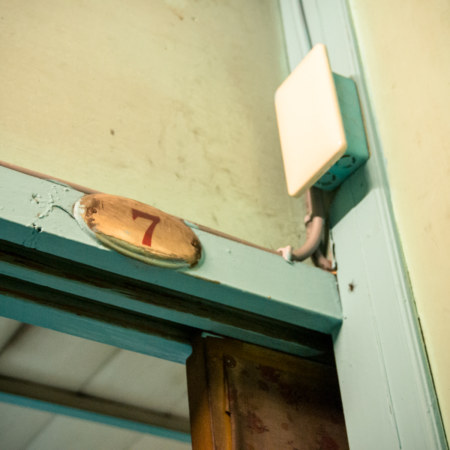
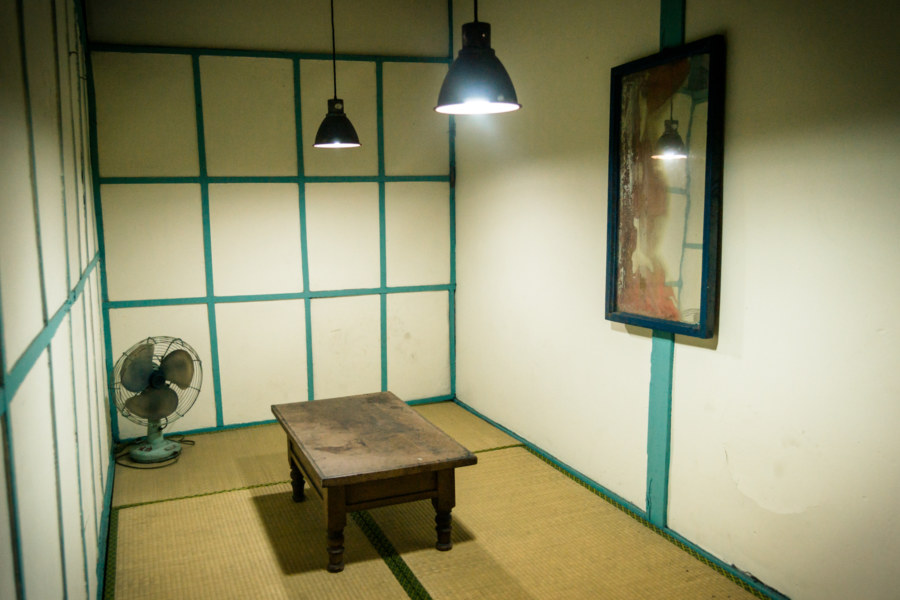
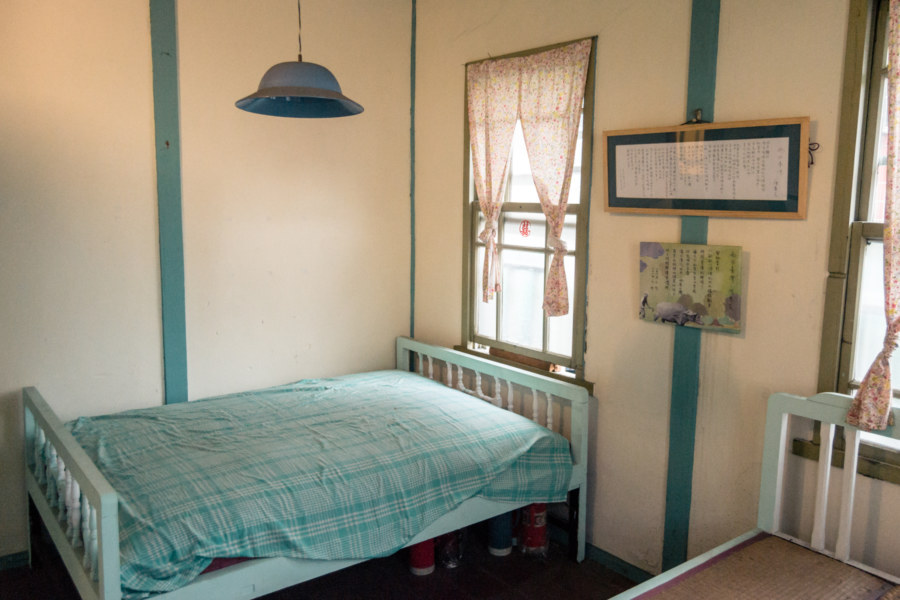
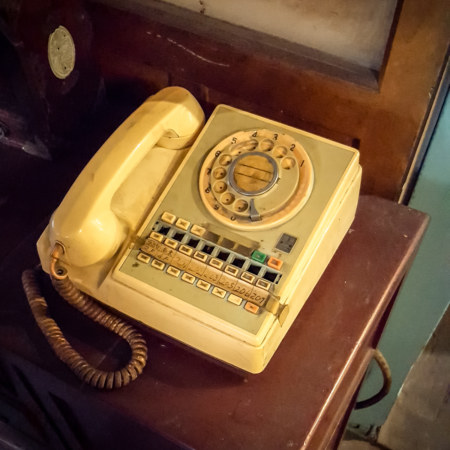
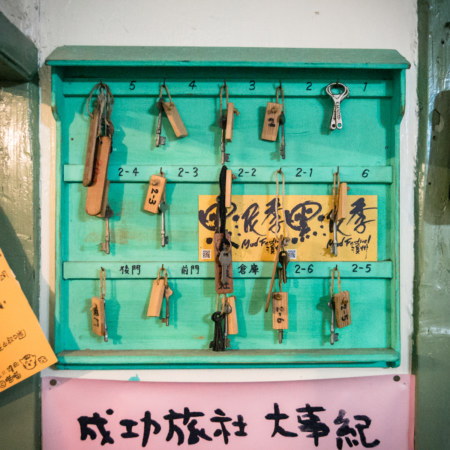
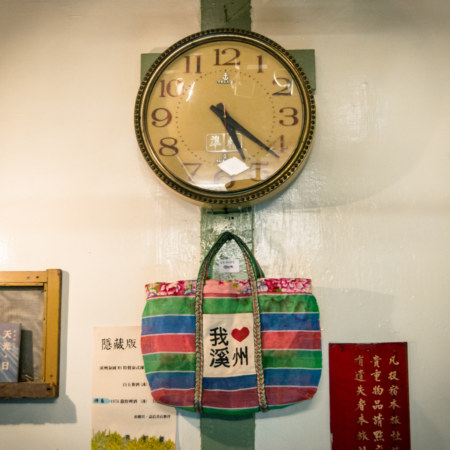
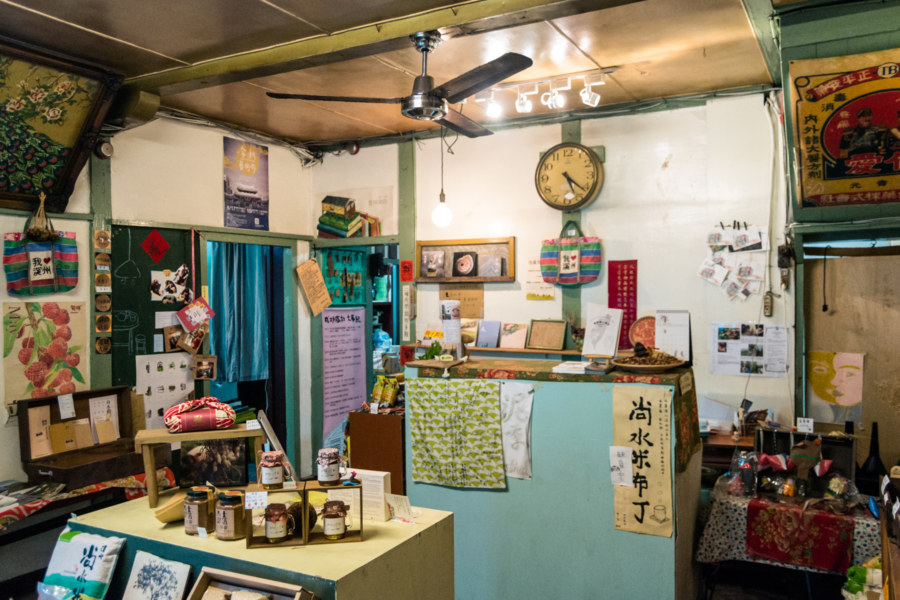
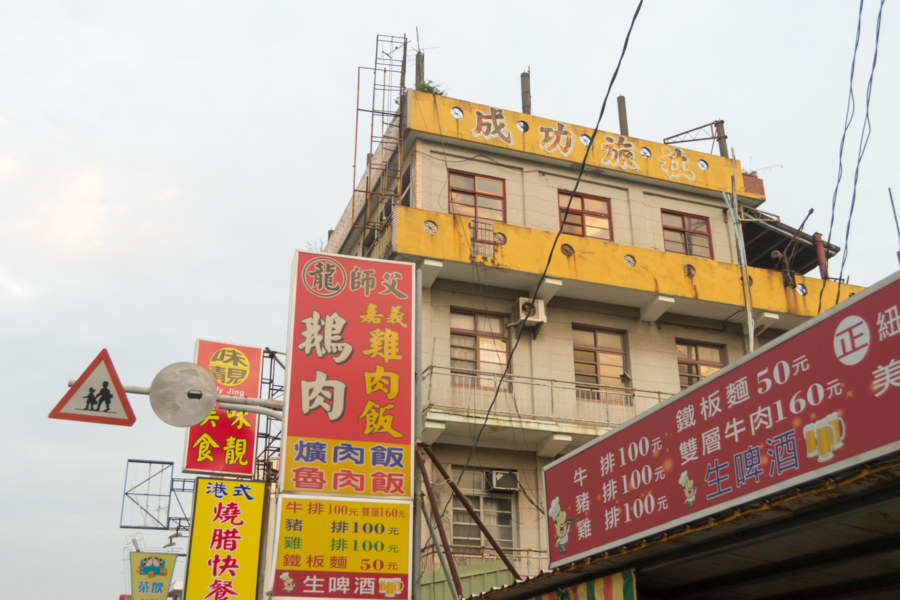
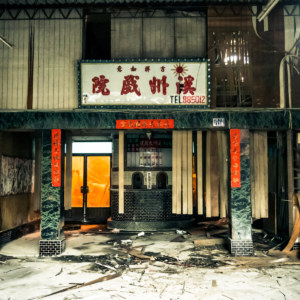
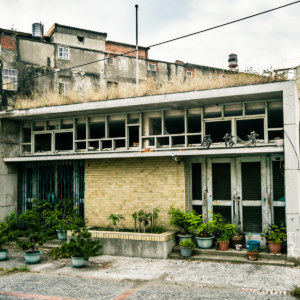
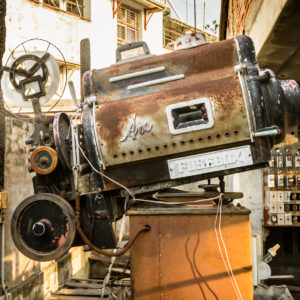
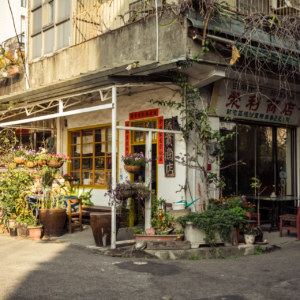
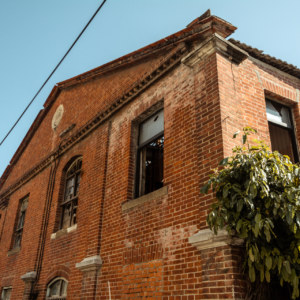
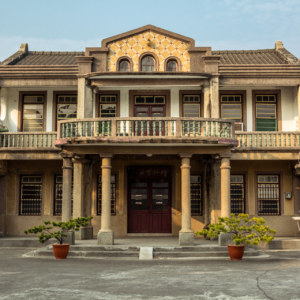
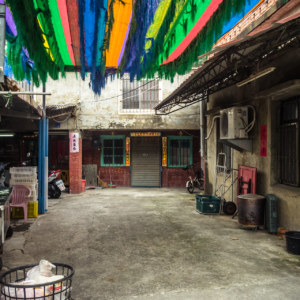
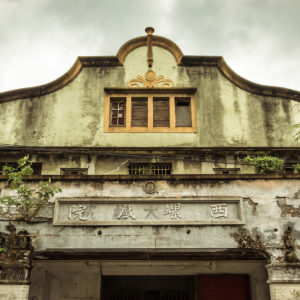
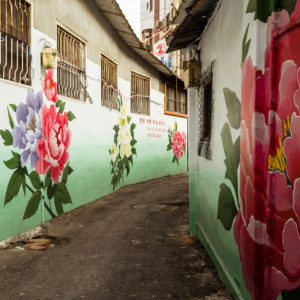
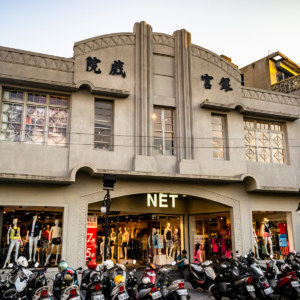
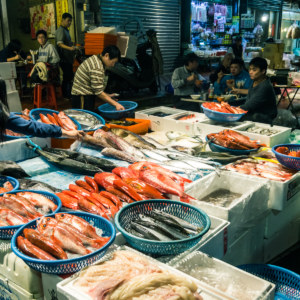
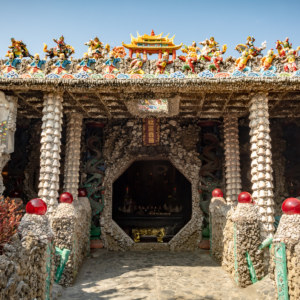
Great stuff, mate. What a marvellous place.
Oh, and I know I’ve said this before, and you said you weren’t really bothered but you should get paid for this. That’s the only reason I’m doing New Lens – they pay a paltry amount but as I’m going to write this stuff anyway, why not get something for it? It’s also encouraged me to write more and to get out there and dig up stories. I know you have other stuff you’re focussed on but New Lens would lap this up. Are they that rubbish that you don’t want to associated with them? ;)
I appreciate the support, James. I suppose I wouldn’t mind cross-posting an article somewhere… but I enjoy being able to update my posts and present images exactly how I like. Not sure if I’d get paid enough to feel good about giving those things up! But who knows, maybe I’ll get around to experimenting with that some day…